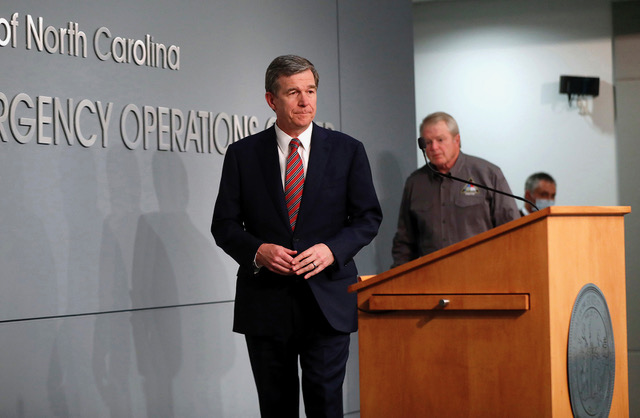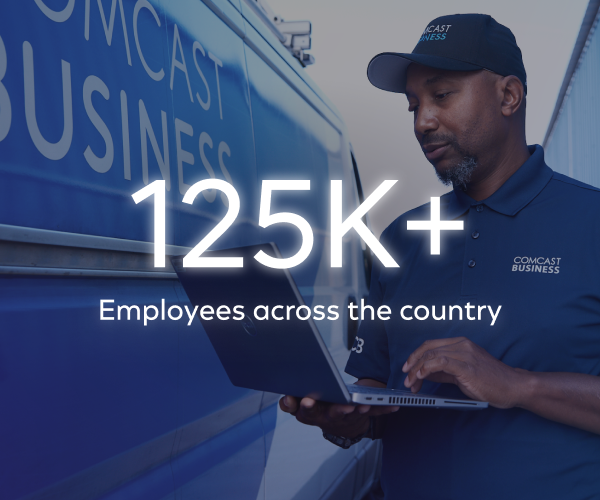The embryonic 2026 Senate map already has a strong gubernatorial flavor.
While a host of members of Congress want to run to be governor of their home states, a number of governors are looking to make the opposite move in top swing states.
It’s no secret that for many governors, it’s difficult to transition from an executive post to becoming a member of a 100-person legislative body. But both parties view governors as key to their 2026 winning Senate strategy.
The biggest recruitment question of the 2026 cycle is whether Senate GOP leaders can convince Georgia Gov. Brian Kemp to challenge Sen. Jon Ossoff (D-Ga.) in the Peach State.
If Kemp runs, he would immediately clear the GOP primary field. But Kemp isn’t likely to make up his mind until after Georgia’s legislative session later in the year.
In North Carolina, Democrats are desperate for Gov. Roy Cooper to challenge Sen. Thom Tillis (R-N.C.) in one of the party’s few clear flip opportunities. Cooper, who’s won reelection twice in a state that President Donald Trump won three times, would present the party with their best chance of defeating Tillis.
Maine Gov. Janet Mills hasn’t ruled out a challenge to Sen. Susan Collins (R-Maine), the other top-tier chance for Democrats to unseat a GOP incumbent.
In two ruby-red states, Democrats are hoping that popular governors will jump into races that initially look like uphill battles. In Kentucky, Democratic Gov. Andy Beshear is seen as a potential entrant into the Senate race. The 82-year-old Sen. Mitch McConnell (R-Ky.) is up for reelection but hasn’t announced if he’ll run again. Beshear’s candidacy in an open seat would make the Kentucky Senate race more competitive than any contest in recent memory.
And in Kansas, Democrats are counting on Gov. Laura Kelly to test Sen. Roger Marshall (R-Kan.) in his first reelection bid. But Kelly has quieted these rumors and claimed she’s done seeking public office.
Virginia GOP Gov. Glenn Youngkin is also viewed as a contender to challenge Sen. Mark Warner (D-Va.) in 2026. Youngkin can’t run for another term as Virginia governor in 2025 thanks to state law.
A note of caution: There are plenty of examples of popular governors falling short when they try to flip a Senate seat in their home state. Former Maryland GOP Gov. Larry Hogan couldn’t cut it in 2024. Former Montana Democratic Gov. Steve Bullock lost in a blockbuster 2020 contest, while former Tennessee Democratic Gov. Phil Bredesen lost during his 2018 Senate race.
But there have been bright spots in recent years, too. Former Colorado Democratic Gov. John Hickenlooper unseated former Sen. Cory Gardner (R-Colo.) in 2020. Former West Virginia GOP Gov. Jim Justice coasted to victory in November after scaring off former Sen. Joe Manchin (I-W.Va.) from a brutal contest.
Twelve former governors currently serve in the Senate.





